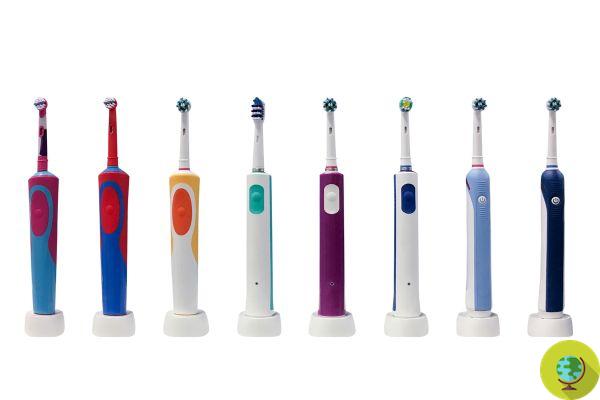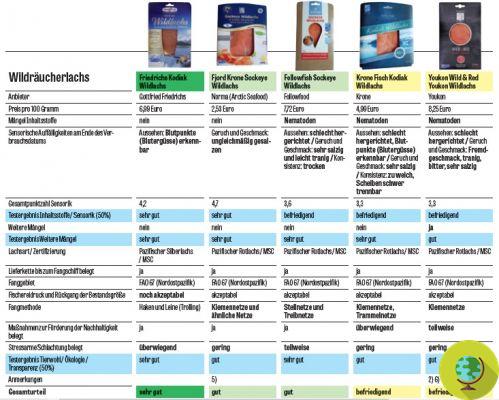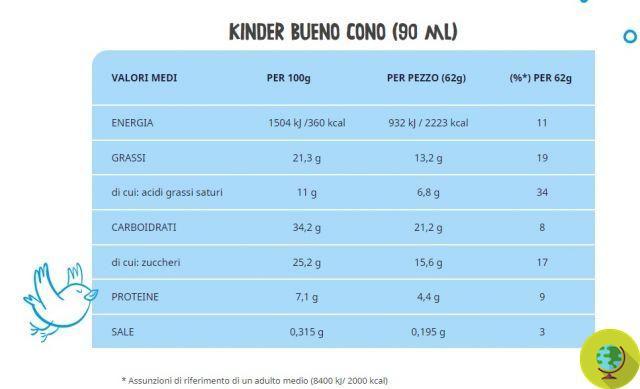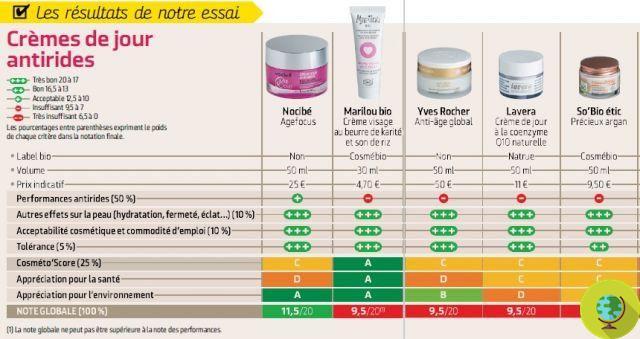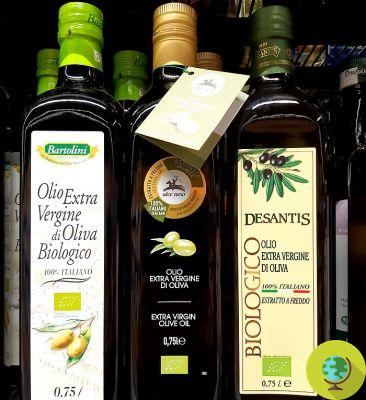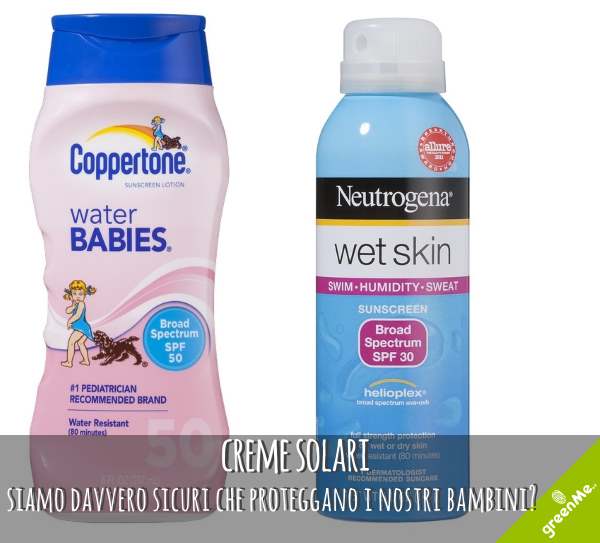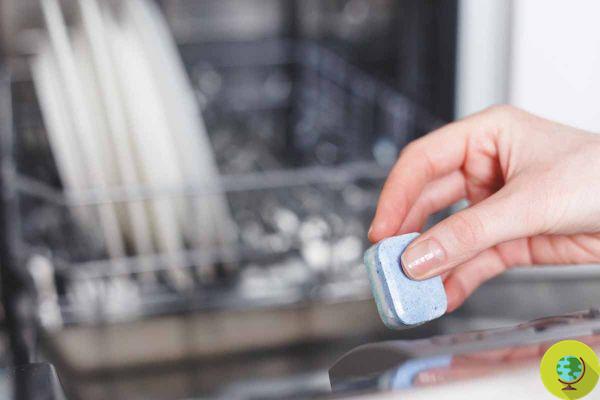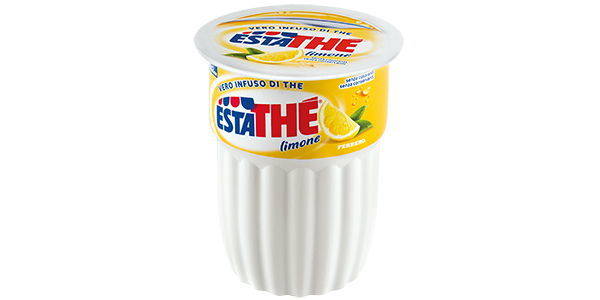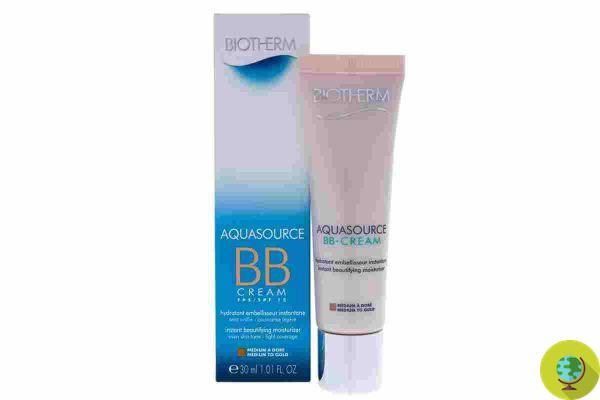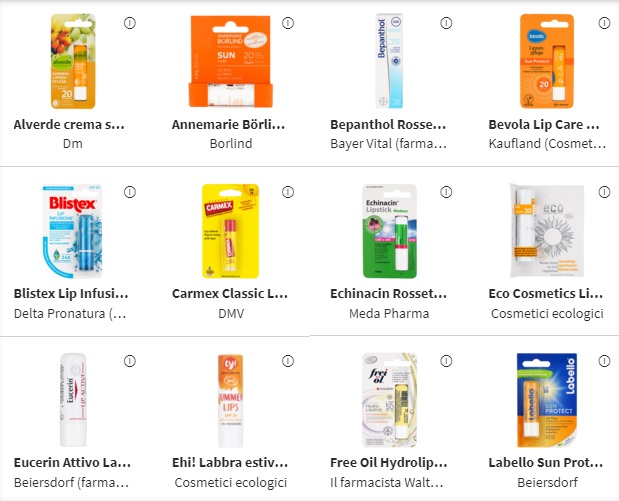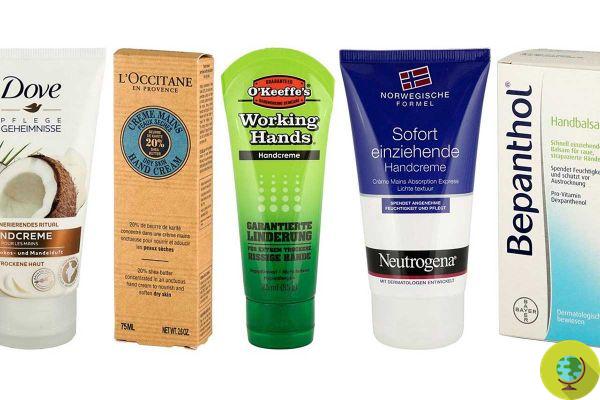
Don't store avocado like this: it's dangerous
Among the cosmetics in common use, especially in the cold season, there are hand creams. In one of its latest analyzes, the German monthly Öko-Test wanted to analyze the composition of these products. Here's what he found.
Hand creams help moisturize the skin, preventing it from cracking or drying out, a useful and functional product that many people use on a daily basis. But how are they made? Can ingredients be found inside which are problematic for health and / or the environment?
A German test which he took as a sample attempted to answer these questions 43 hand creams from different brands, sold in supermarkets and discount stores but also in pharmacies. These also include some proposals from eco-bio retailers.
Index
The results
About half of the creams scored "very good". However, as often happens, the magazine also points out the negative sides that this time concern some well-known brands. In fact, in the compositions of certain products there are “problematic substances” which, Öko-Test points out, both hands and the environment can do without.
The most common problems encountered in hand creams are the presence of fats and waxes based on mineral oils, synthetic and lilial polymers. PEG and chemically related substances have been found in seven products, these can make the skin more permeable to foreign substances.
Actually reading the Inci of some of these creams we find a long list of ingredients, including those on which the German test focuses.
6 products (Atrix, Dove, Eubos, Herbacin, L'Occitane and Neutrogena) contained paraffin and / or silicones and for this they were penalized in the final score. In fact, the magazine points out that they could be contaminated by MOAH, mineral oil residues which were actually found in Atrix, Dove and Neutrogena hand creams.
We would like to clarify that the presence of traces of Moah in the products respects the current European legislation according to which they are safe for consumers. If in doubt, however, we can still choose to buy cosmetics that do not contain them at all.
Some products also contained Lilial, a questionable fragrance that has been shown in some animal experiments to be toxic for reproduction. L'Oréal cream, on the other hand, contains hydroxycitronellal, an allergenic fragrance.
O'Keeffe's Working Hands hand cream is considered particularly negative by the test. Inside, in fact, the laboratories have found diazolidinyl urea, for an preservative that can release formaldehyde (substance that is suspected of being cancerous, even in small quantities, which irritates the mucous membranes and can trigger allergies).
The magazine specifies that the use of substances that release formaldehyde, such as diazolidinyl urea, are still legally allowed but advises consumers to avoid products with agents of this type inside.
The ingredients in some hand creams can also be harmful to the environment. Among these i synthetic polymers, i.e. plastics, which are not only found in the packaging but also in the creams themselves. 18 products had their score penalized for this very reason.
Synthetic polymers are generally difficult to degrade and pollute wastewater. Even if the purification plant successfully filters them, they can end up in the fields and thus into the environment.
Creams not recommended
Considering all of this, in conclusion the magazine advises against only 8 creams because of the problematic ingredients they contain. It is about:
- Florena Intensive Care Hand Cream Olive oil from Beiersdorf
- Mixa repairing hand cream by L'Oréal
- Atrix Intensive Protective Cream from Beiersdorf
- Bepanthol handbalsam
- Dove Nourishing Secrets Restoring Ritual with coconut and almond milk
- L'Occitane Dry Skin Hand Cream
- Neutrogena instant hand cream
- O’Keeffe’s Working Hands
The best creams
All tested natural cosmetic creams (including Lavera, Weleda, Sante and Dr. Hauschka) and twelve other hand creams (Budnikowsky, CC Care and Consulting, Dr. Scheller, Edeka, Jean & Len, Kaufland, Lidl, Netto Marken-Discount, Sebapharma, Share, Rewe / Penny e ZHG) they got full marks and therefore, according to the German magazine, they can be used safely.
Useful tips for choosing a good hand cream
In the final tips for choosing our hand cream in the best possible way, Öko-Test reminds us that i natural cosmetics are usually the best option: manufacturers of eco-bio brands are not allowed to use problematic substances such as PEG, paraffins and silicones in their cosmetics.
Other useful tips that the magazine provides us are the following:
- Avoid creams that contain “butylphenyl methylpropionate” in the list of ingredients. This name hides the Lilial fragrance.
- Avoid hand creams on which the presence of fats and waxes based on mineral oils such as Paraffinum liquidum or Microcrystalline Wax is declared. These can be contaminated with MOAH.
- Avoid creams that contain synthetic polymers. You can recognize them by the following terms: acrylate and other co- and cross-polymers, carbomer (sodium), polyacrylamide (sodium), polyquaternium-10.
Fonte: Eco-Test
Read also:
- Do-it-yourself hand cream: 10 recipes for chapped skin
- Hand creams, which one to choose? The best in relation to quality / price
- Cracked and Split Hands: Natural Remedies That Really Work




